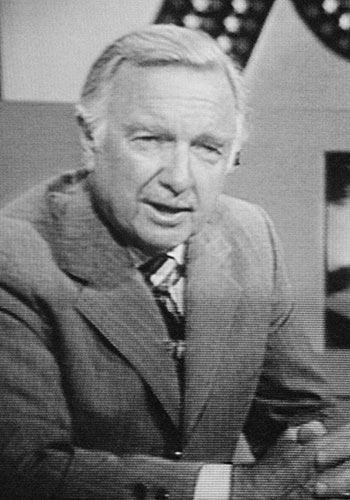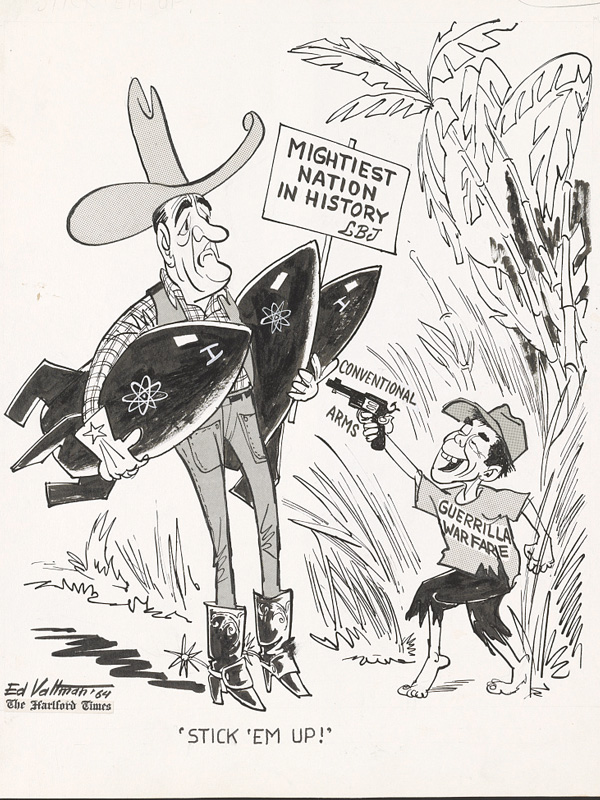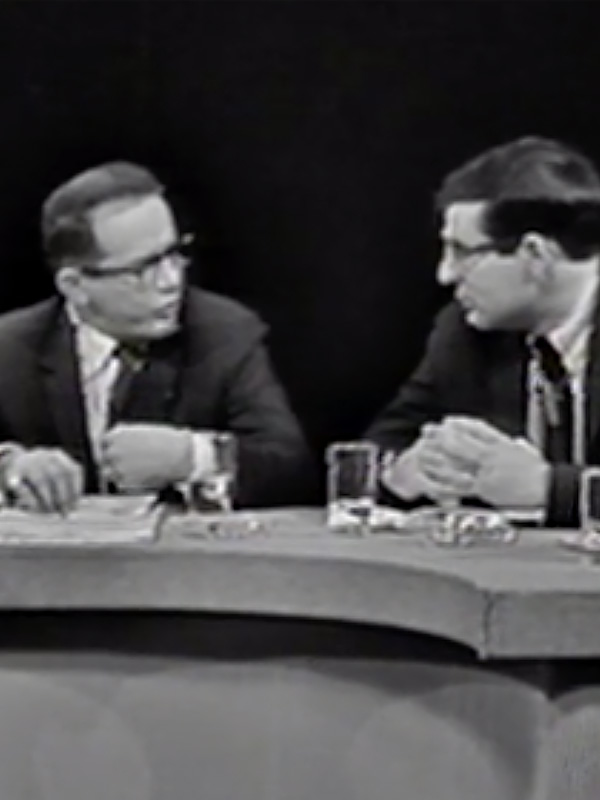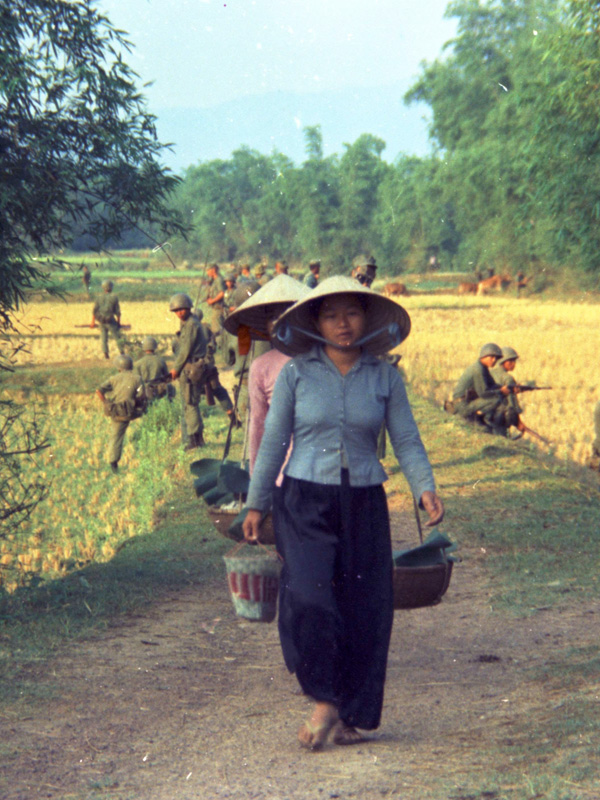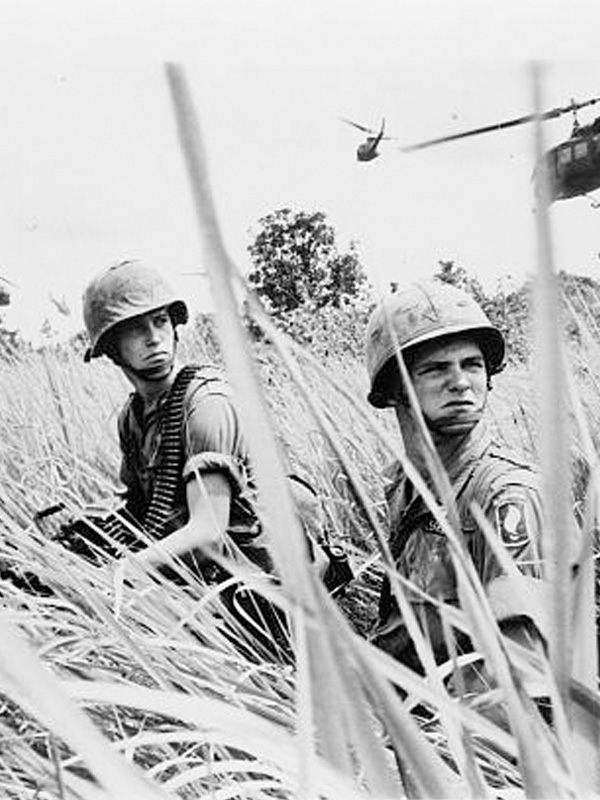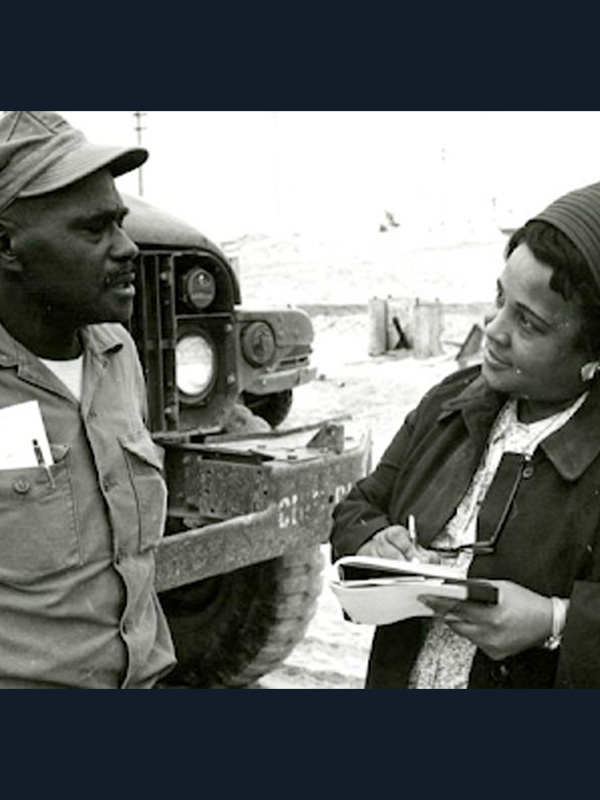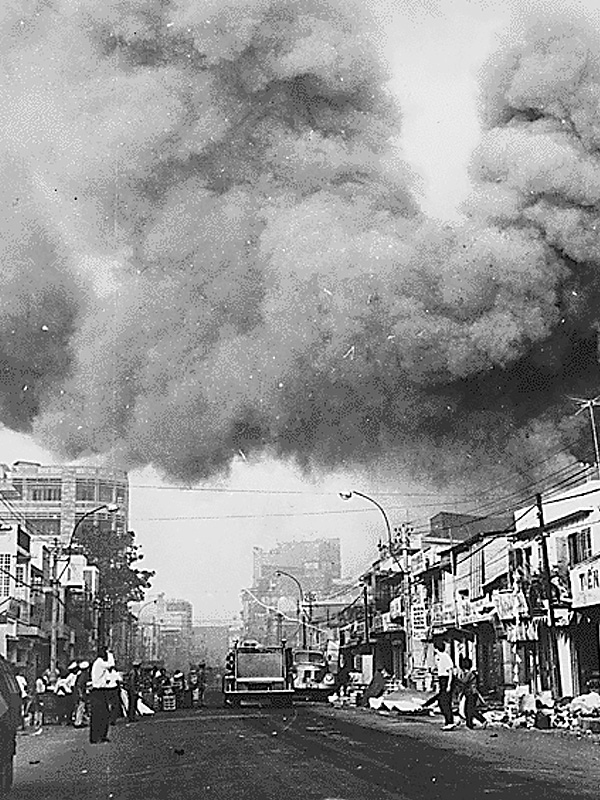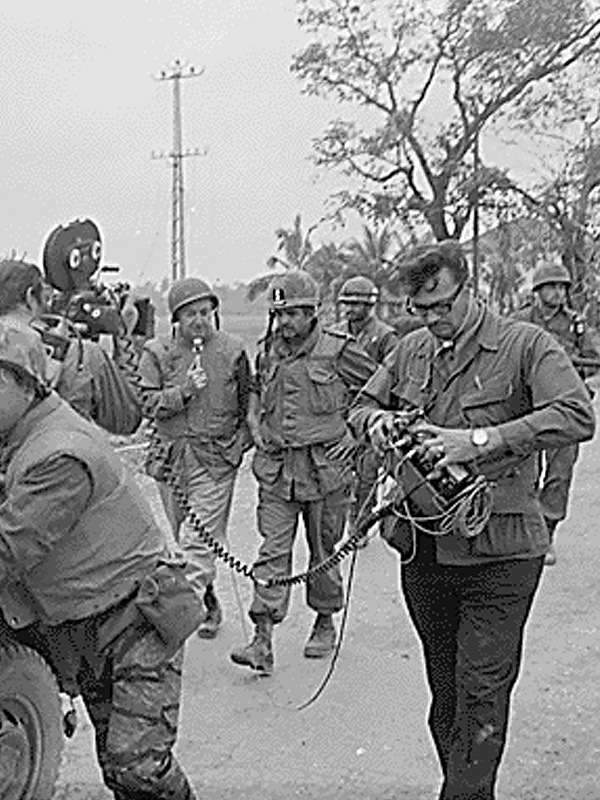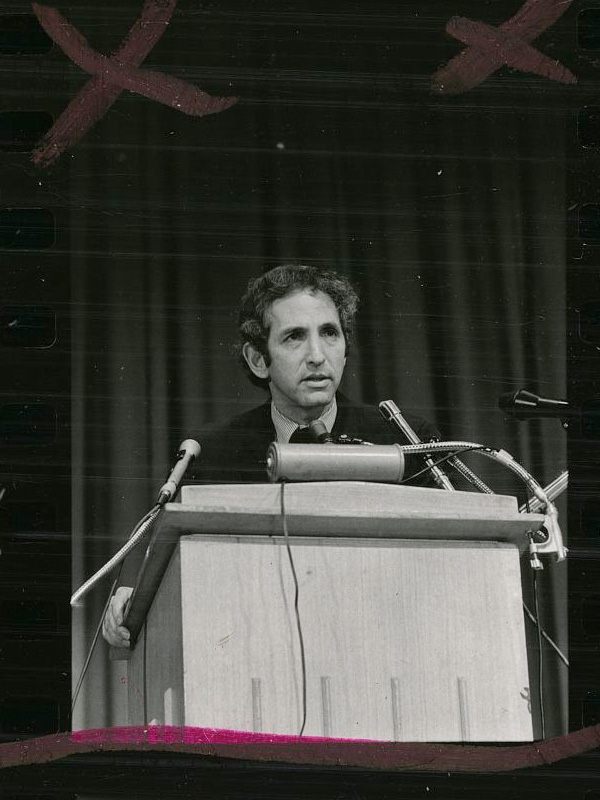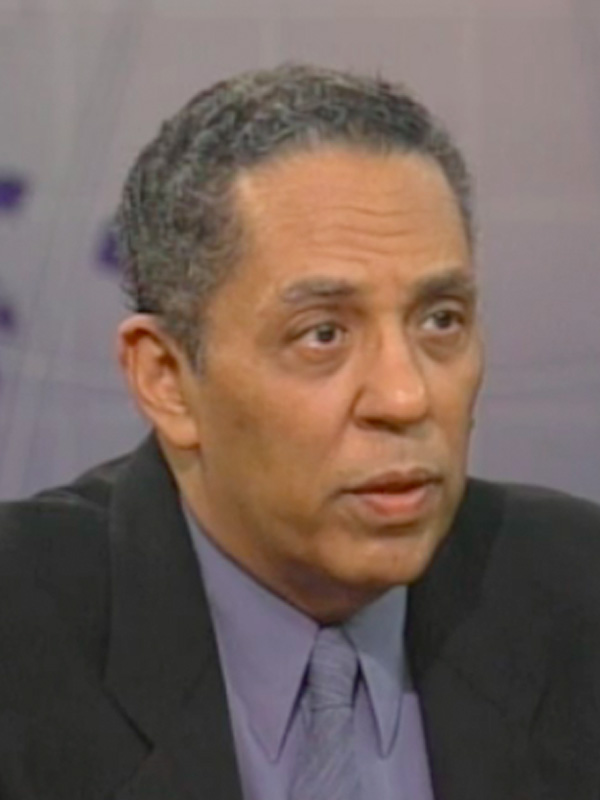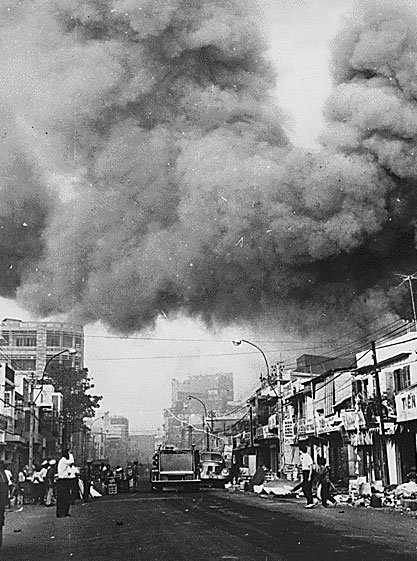
Black smoke covers areas of Saigon, and fire trucks rush to the scenes of fires set during attacks by the Viet Cong during the festive Tet holiday period in 1968. National Archives
Outcomes
By the late 1960s, Americans had taken to the streets in protest, Congress began investigations into the administration’s military strategy, and the 1968 election went to Republican Richard Nixon, who promised to bring “peace with honor.” It would take another six years for US forces to withdraw from Vietnam. During that time, graphic images in print and on television night after night helped convince some of the American public and policymakers that the war was unsustainable.
Coverage of the toll on American youth helped lead to policy change. After the war ended, Congress ended the military draft, replacing it with an all-volunteer army. The voting age was reduced from twenty-one to eighteen through the Twenty-Sixth Amendment, and Congress passed the War Powers Act in 1973, which restricted the president’s power to send American troops into combat without Congressional approval.
The Nixon administration tried to block the publication of the Pentagon Papers, claiming national security would be threatened. In 1971, in the case of New York Times Company v. United States, the Supreme Court ruled that the publication of the papers was constitutional and the government’s attempt to keep them secret infringed upon the First Amendment. The revelations further fueled the public’s opposition to the war and spurred Congress to pass legislation curbing the power of the Executive Branch.
Discuss the following questions:
- Why did it seem to many Americans that President Nixon’s promise to bring “peace with honor” in Vietnam was just another empty promise?
- Review the changes that came after the war ended. How do these changes impact who fights in a war and who makes the decisions during a war?
- Do you agree with the Supreme Court’s decision to allow the publication of the Pentagon Papers? Why or why not? Do you think the government has a right to suppress information about how it is conducting a war? Explain.
